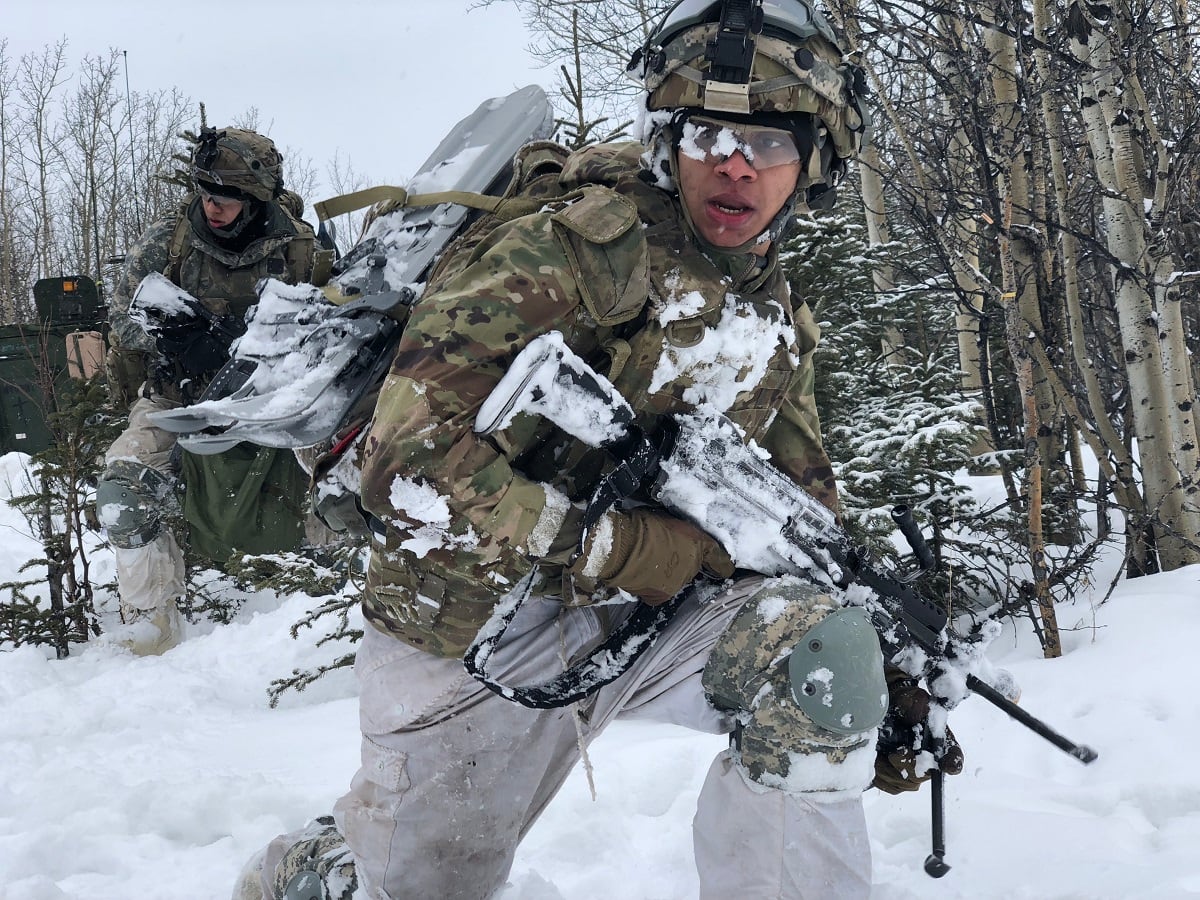As Russia beefs up its Arctic presence with new units, equipment and weaponry for the cold weather fight, the Army has slowly begun to shift some resources to improving its own capabilities — though it lags behind its Arctic allies and lacks large-scale capacity to train or provide high numbers of troops for a potential Arctic battle.
Melting polar ice is opening a region once thought nearly impenetrable to competition for shipping traffic, natural resources and potential land grabs some experts think could start a new Cold War.
In recent years, Canada, Norway and Russia have realigned their focus to improving and expanding their Arctic capabilities.
Along with those neighboring nations, which include Denmark, Finland and Sweden, the United States and United Kingdom all have varying levels of competing claims on Arctic resources.
It wasn’t always so.
As recently as 2012, experts such as Siemon Weizeman with the Stockholm International Peace Research Institute were analyzing cooperative efforts between Russia, the United States and other Arctic nations.
In the U.S. Department of Defense 2013 Arctic Strategy, Russia is barely mentioned.
But following the 2014 war in Ukraine, stoked by Russia, leaders have shifted their view about the nation’s role in the Arctic.
In that time, Russia has pushed resources in that direction. Its 2014 Russian Military Doctrine paper for the first time included the task of “protecting Russian interests in the Arctic.”
So far, that’s included building up to 40 heavy icebreaking ships, more than a dozen new airfields, 16 deep-water ports, a broad range of tactical airpower, dedicated training centers, and stationing of paratroopers, counterterrorism, electronic warfare and other forces in the region, said Maj. Gen. Laurie Hummel, adjutant general of the Alaska National Guard, at a June conference on Guard interests in the Arctic. The talk was put on by the Woodrow Wilson International Center for Scholars.
Those ground forces include naval infantry and two army brigades on the Kola Peninsula, with aims to guard the Northern Sea route.
And all of that is tied together under a recently established Russian Arctic Strategic Command, Hummel said.
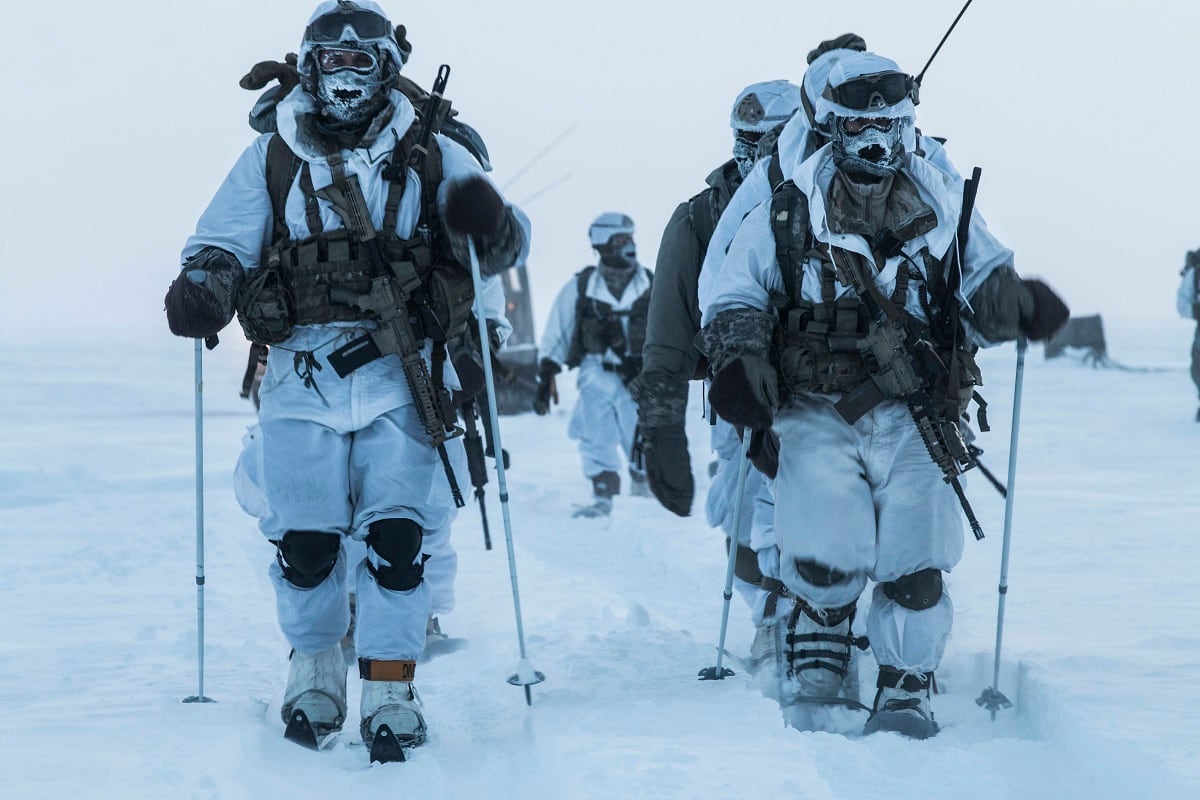
In addition, although China does not border the Arctic, it has “aspirational” goals for the region and wants to exploit sea lane passages for shipping and fishing waters, she said.
In January, China released its first Arctic strategy white paper titled the “Polar Silk Road.”
The paper focuses on Arctic shipping routes and states a cooperative goal for infrastructure and other development. China’s polar strategy echoes its One Belt One Road policy in Africa, which seeks partnerships to provide natural resources such as oil, gas and minerals.
RELATED
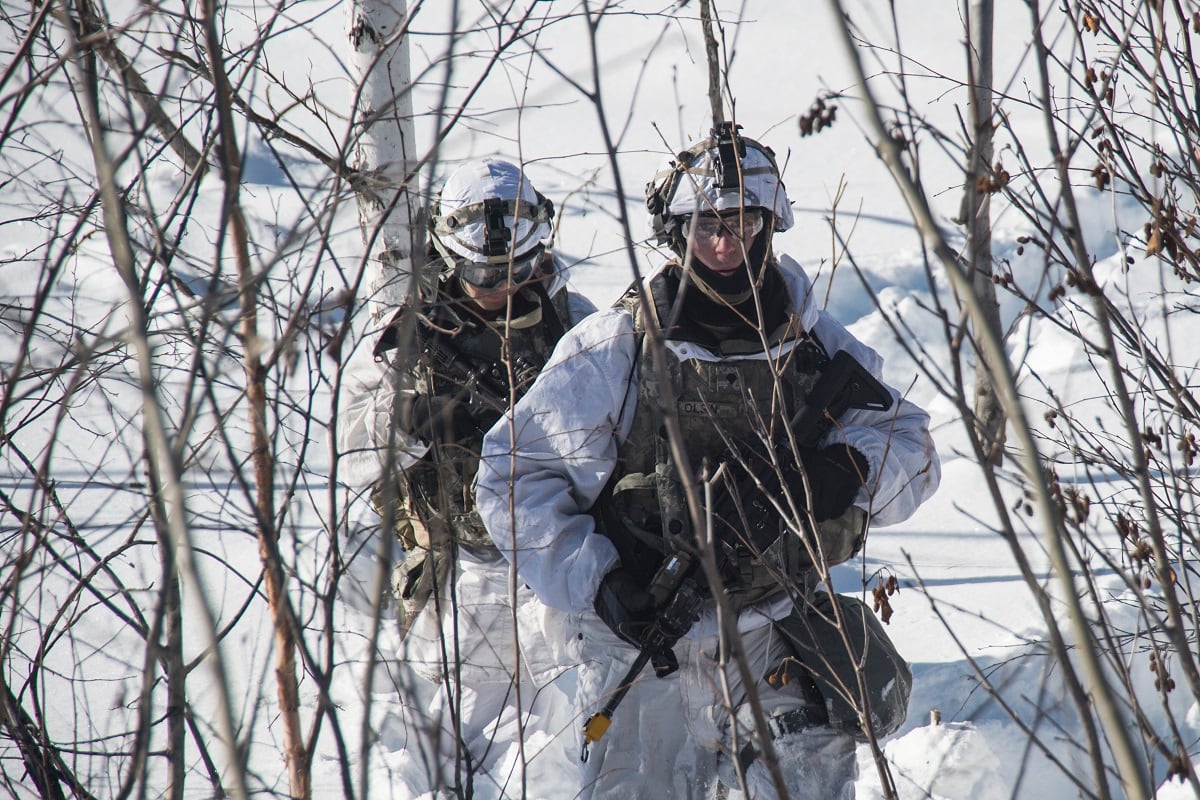
The Chinese government is looking to a liquefied natural gas project in northern Russia called Yamal to supply it with millions of tons of fuel a year upon program fruition.
These and other factors are pushing key U.S. military and government leaders to look at how to shore up Arctic capabilities.
“It is time for our nation to have a comprehensive and overarching arctic strategy,” Hummel said at the Wilson Center conference.
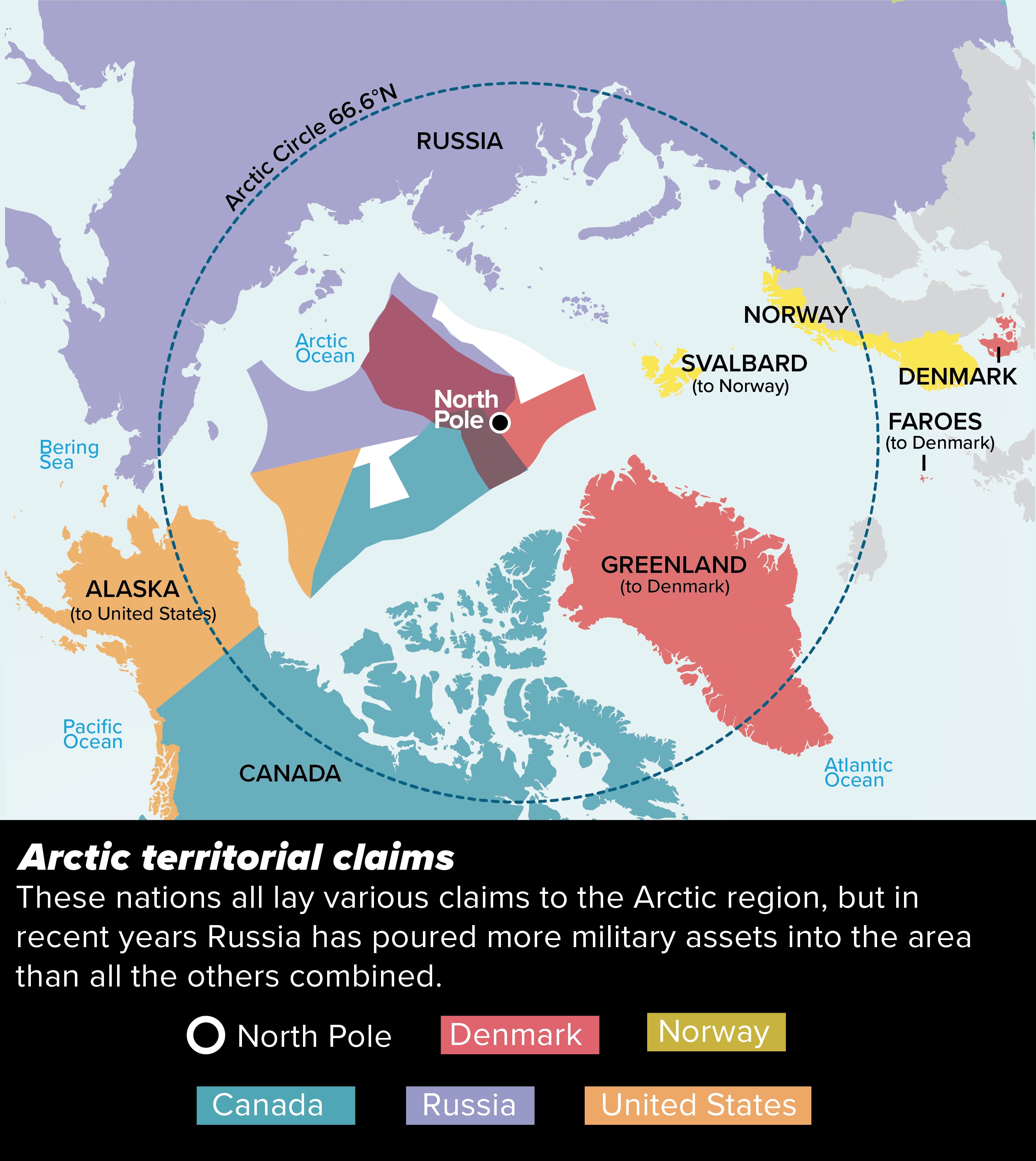
Shifting priorities
Right now, the U.S. military’s ground forces under U.S. Army Alaska, which falls under Indo-Pacific Command, includes a combined force of only 25,000 active duty, National Guard and Reserve troops.
That’s about 2.5 percent of the entire force.
In recent years, the Army has increased unit training in the Arctic, including airborne operations in 2014, armored vehicle deployment exercises in 2015, and the return of the 75th Ranger Regiment to Alaska for training for the first time since 2001.
As of 2016, the Northern Warfare Training Center hosted an estimated 1,400 troops annually for training in an arctic region.
The Northern Warfare Training Center in Alaska provided the following numbers of troops trained there over the past decade:
- Cold Weather Leaders Course — 3,025
- Cold Weather Orientation Course — 1,188
- Basic Military Mountaineering Course — 1,440
- Advanced Military Mountaineering Course — 150
- Mountain Warfare Orientation Course — 360
- Military Ski Course — 36
- Total all events (some not listed) — 7,100
NWTC focuses on small units and training unit leaders in effective cold weather and mountaineering skills. It seldom hosts large units, said John Pennell, spokesman for U.S. Army Pacific Command.
Other training areas are available, though they are more accurately classified as subarctic than Arctic, and that has major implications.
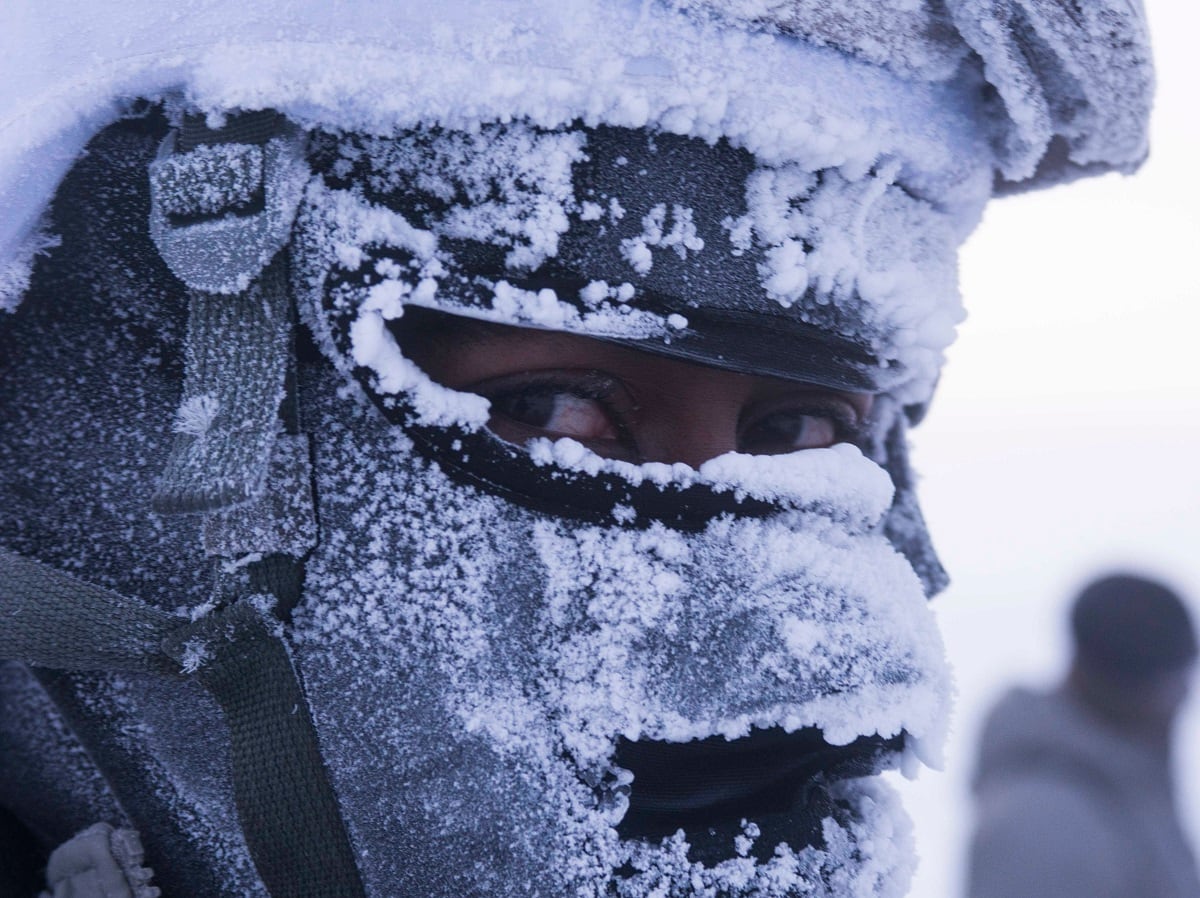
In 2015, Fort Drum, New York, home of the 10th Mountain Division, was reclassified from Zone 5 to Zone 7, which put it in the ranks of Fort Wainwright, Alaska, and Camp Ethan Allen in Jericho, Vermont.
The shift pushed an additional $12.5 million in funding for equipment and infrastructure to the site.
Some Army funding has also gone to upgrade individual equipment for soldiers at Fort Drum, Fort Wainwright and in Italy.
New items include new gloves, headgear, sleds and skis.
In June, the Army posted a Request for Information from industry on building an over-the-snow vehicle capable of operating in 50-below conditions.
Dubbed the Joint All Weather All Terrain Support Vehicle, or JAASV, it would replace the decades-old Small Unit Support Vehicle, or SUSV, a tracked vehicle that typically supports an infantry platoon-sized element.
How cold is too cold?
New equipment, even a new vehicle, doesn’t necessarily equal a force ready to perform in truly Arctic conditions.
Capt. Nathan Fry, the officer-in-charge of the U.S. Army Mountain Warfare School’s training division, told Army Times that people unfamiliar with Arctic environments often confuse “northern training,” which can be cold weather or high-altitude focused, with Arctic training.
But the two are not equal.
As Fry noted, gear that works well in freezing conditions can fail spectacularly when temperatures drop to minus-50 Fahrenheit.
He would know. For the past few years, he’s been one of the U.S. representatives on the Guerrier Nordique team that spends weeks in Arctic and sub-Arctic areas of Canada.
The exercise began in 2012 and was, in some ways, a small-scale attempt to recapture lost lessons of Arctic warfare that were explored regularly and in depth by the U.S. military throughout the 1940s and 1950s, as the United States prepared for a potential Cold War through operations such as Ice Cap in Greenland, Nanook, Snow Chute, Snow Drop, Snow Fall and Snow Storm.

There must be a better understanding of the differences between cold weather and Arctic training, Fry said.
Some think that if soldiers can fight in minus-10-degree weather, then they can do it at 60 degrees below zero.
“That’s just not true,” Fry said. “It’s just like the mountain warfare fight, it’s really tricky.”
Fry left active duty Army service in part to go to his current post at the Guard-run mountain warfare school and push for more work and preparation in the Arctic sphere.
Outside of the annual Arctic Eagle Exercise with U.S. Army Alaska and the recent Fort Drum conference, Fry said he’s not seen a lot of improved Arctic policy.
“From my foxhole, I haven’t seen a whole lot of forward progress,” Fry said.
But the interest is there.
Fry said that his school has seen a drastic increase in demand for mountain and cold weather training, and they began running extra classes to meet the need. And next year’s calendar is filling quickly.
Though a byproduct of the school’s mountain and cold weather training can better inform soldiers on how to plan, survive and fight in some ways in extreme conditions, it is not Arctic focused.
Items that are simple in normal weather conditions — how much fuel will people and vehicles need to stay warm and conduct operations? What rate of travel can be expected for either mounted or dismounted soldiers? How much water will soldiers need? — are complicated in extreme cold weather.
Soldiers can have a frozen 5-gallon water jug but not be able to use it.
“If I can’t melt it, then I can’t drink it,” Fry said. “Lack of fuel will absolutely shut you down.”
While some cold weather training teaches students to use snow, the amount of water yield from snow is far less than ice. And leaders must plan for fuel use to melt the snow or the ice in ways they wouldn’t have to in a desert or woodland environment.
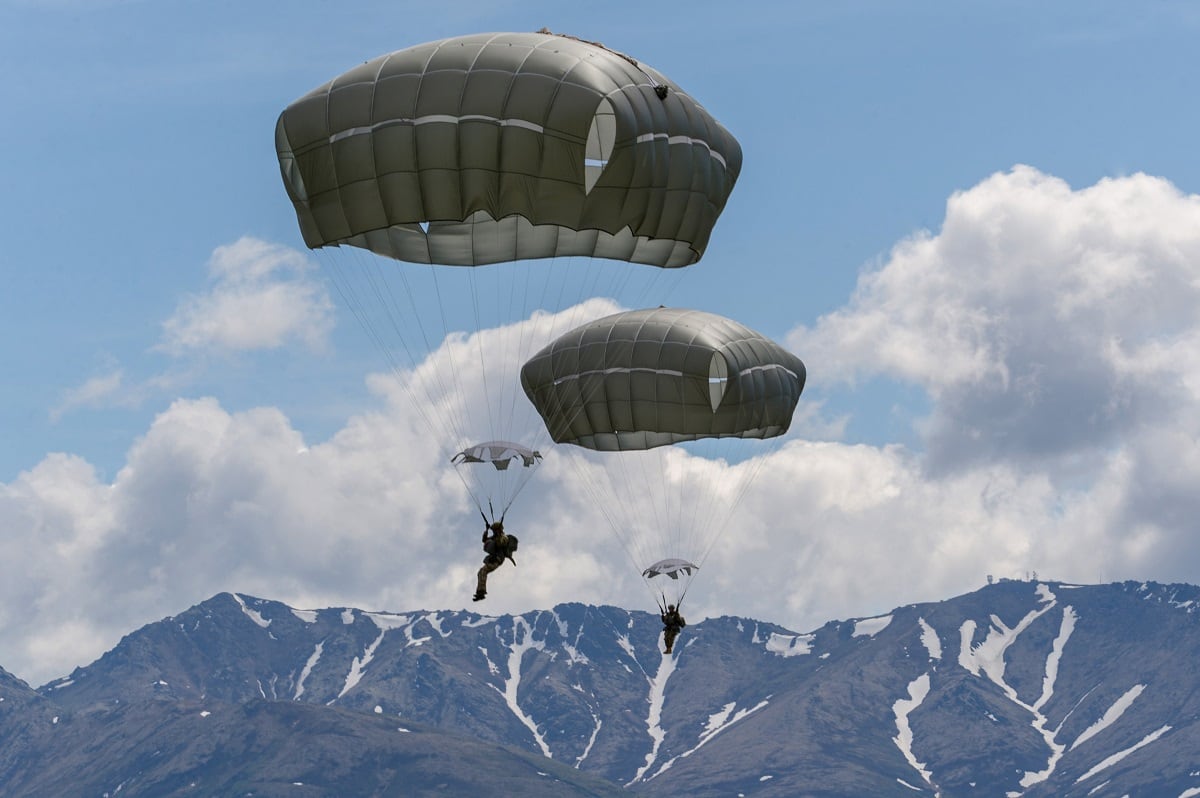
Fitting it all in
And most training, from that being done in Alaska, Vermont or New York, is at the small unit, tactical level.
“We are not thinking in terms of a staff exercise,” Fry said. “We’re not testing brigade staff on how to conduct resupply missions in cold weather environments.”
And that’s a problem when soldiers are in extreme, austere environments where the only resources are those that they bring with them.
Fry pointed to work that the Marines have long done with the Norwegians as something the Army should consider. Marines rotate a force of 300 to Norway for extended joint training. That number was recently more than doubled to 700.
One suggestion the captain has might be to value Arctic training the same way the Army does airborne qualifications, including with a Skill Qualification Identifier.
That number makes it easier for leadership to track how many soldiers have the appropriate training. And that mentality, coupled with an integrated Arctic focus similar to that given to airborne training, would help commanders prioritize unit training to emphasize those qualifications and seek more training opportunities.
For example, the 10th Mountain Division is designated as a light infantry unit.
That means that although its soldiers have access to mountain training and the current commander has emphasized “putting the mountain back into 10th Mountain,” without Army-directed prioritization those skills can fall to the bottom of the checklist.
Small changes, such as a Skill Qualification Identifier, can direct the focus of commanders and resources, Fry said.
“It’s like being in the 82nd Airborne Division,” Fry said. “Do we do range time or refresher jumps? Somehow they fit it all in.”
Todd South has written about crime, courts, government and the military for multiple publications since 2004 and was named a 2014 Pulitzer finalist for a co-written project on witness intimidation. Todd is a Marine veteran of the Iraq War.
